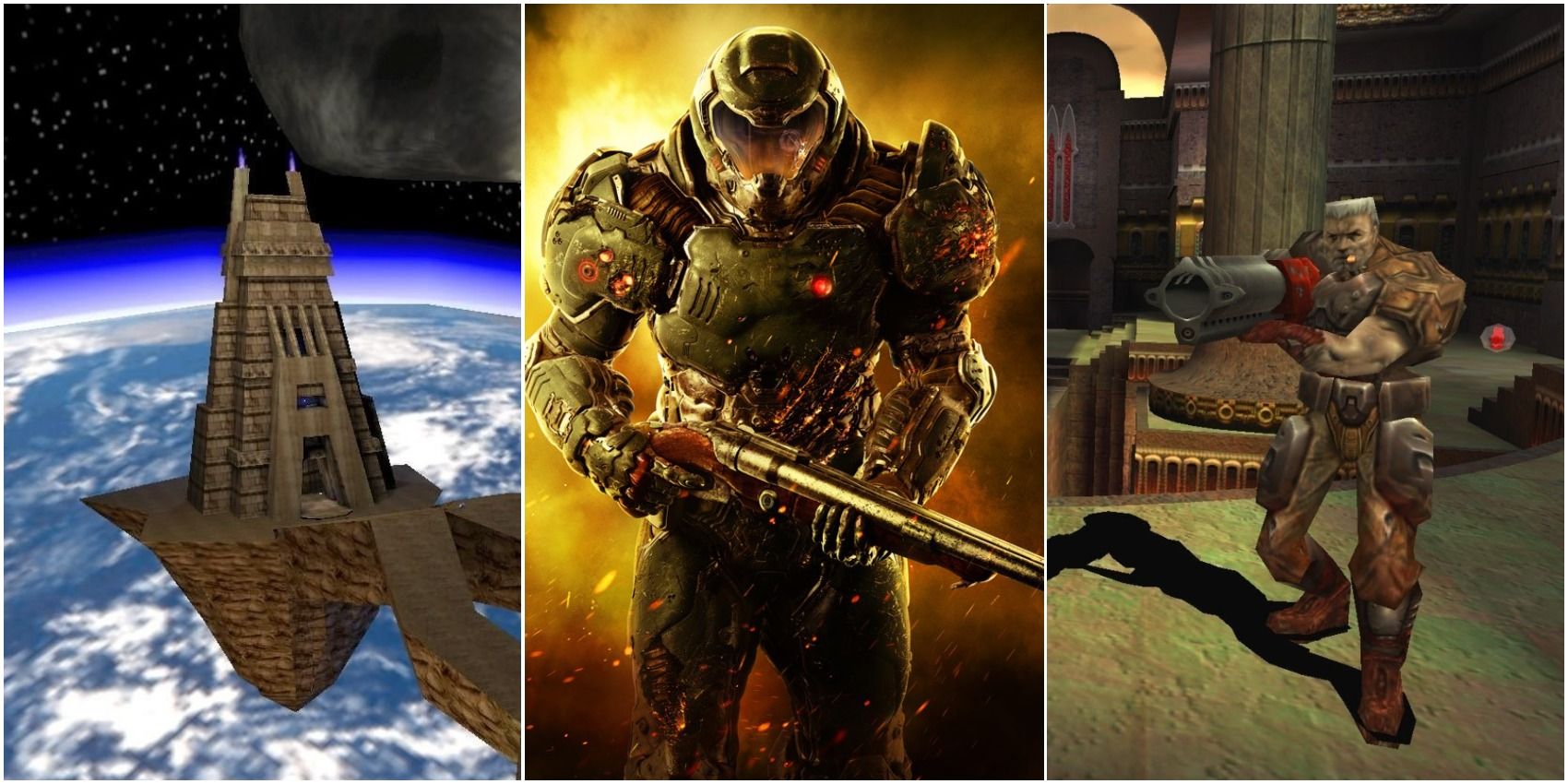
First-person shooters have come a long way since the days of MIDI Maze and Doom. Full 3D meshes are used instead of 2D sprites, dial-up internet isn't needed to compete with others, and the variety of game types in FPS games easily trump what was available decades ago.
RELATED: 10 FPS Games To Play If You Like GoldenEye 007
All of that said, most FPS games still take inspiration from these classic games. Deemed "arena shooters" by most, this subgenre of FPS focuses on weapon pickups, map control, and a massive skill ceiling. A dead genre by today's standards, arena shooters set the groundwork for most FPS titles today and are still worth experiencing. From Unreal Tournament to Halo, here are the best arena shooters ever made, ranked from worst to best.
Updated April 22, 2021 by Stephen LaGioia: The arena shooter seems to have seen its heyday come and go, giving way to Battle Royales and open-world epics that shy away from the faster, closed-in nature of the subgenre. Still, there are signs of life yet, with hyped titles like Halo Infinite looming on the horizon, along with various indie projects looking to bring an arena shooter renaissance. As such, it seemed appropriate to highlight even more of the best arena-shooting romps.
15 Xonotic
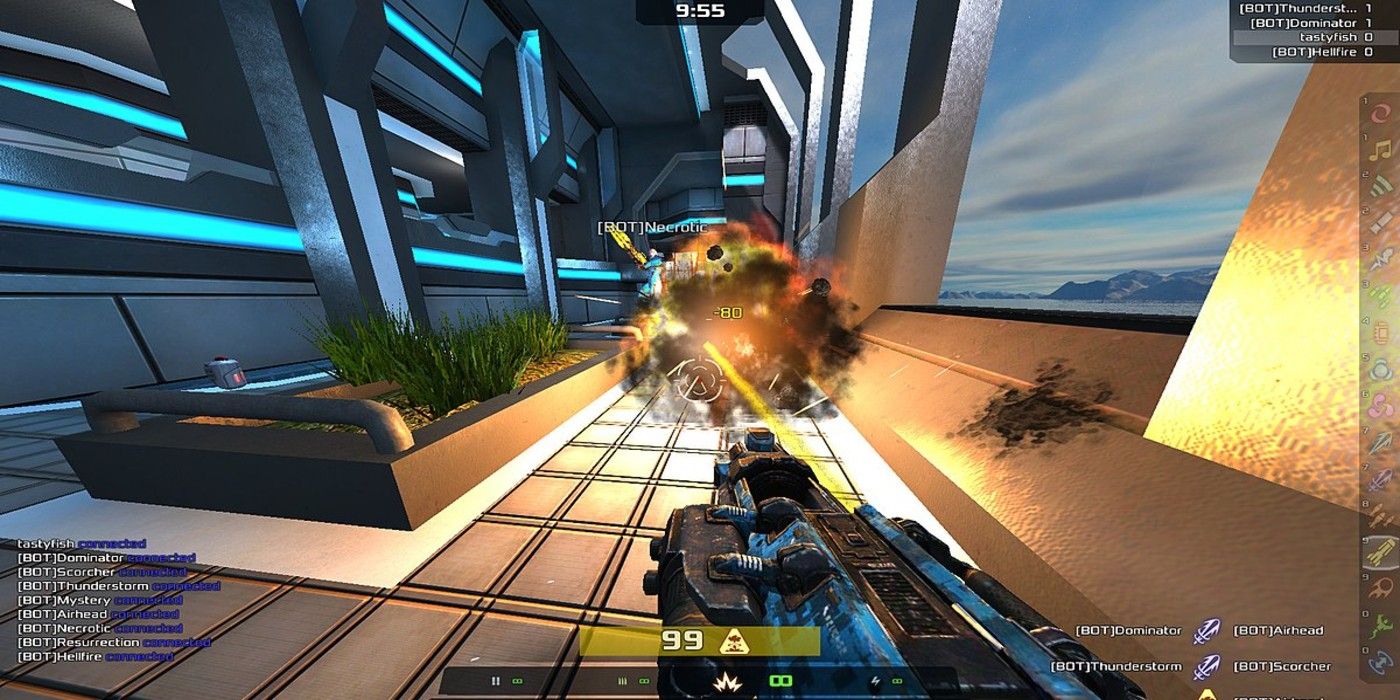
This free-to-play romp from Team Xontic isn't exactly a household name, but it's often been regarded as one of the most underrated PC shooters in recent years.
Even if it's a bit rough around the edges, the gameplay shines with some tight mechanics, ample action, and loads of multiplayer options. With its fast-paced nature and wild physics, Xonotic channels that classic Unreal vibe while still doing its own thing.
A slew of fun futuristic weapons can be wielded within various sci-fi stages to zap and blast foes into oblivion. A whopping sixteen game modes round out this FPS, and range from more typical capture the flag and deathmatch to a Rocket League-esque soccer showdown.
14 Toxikk
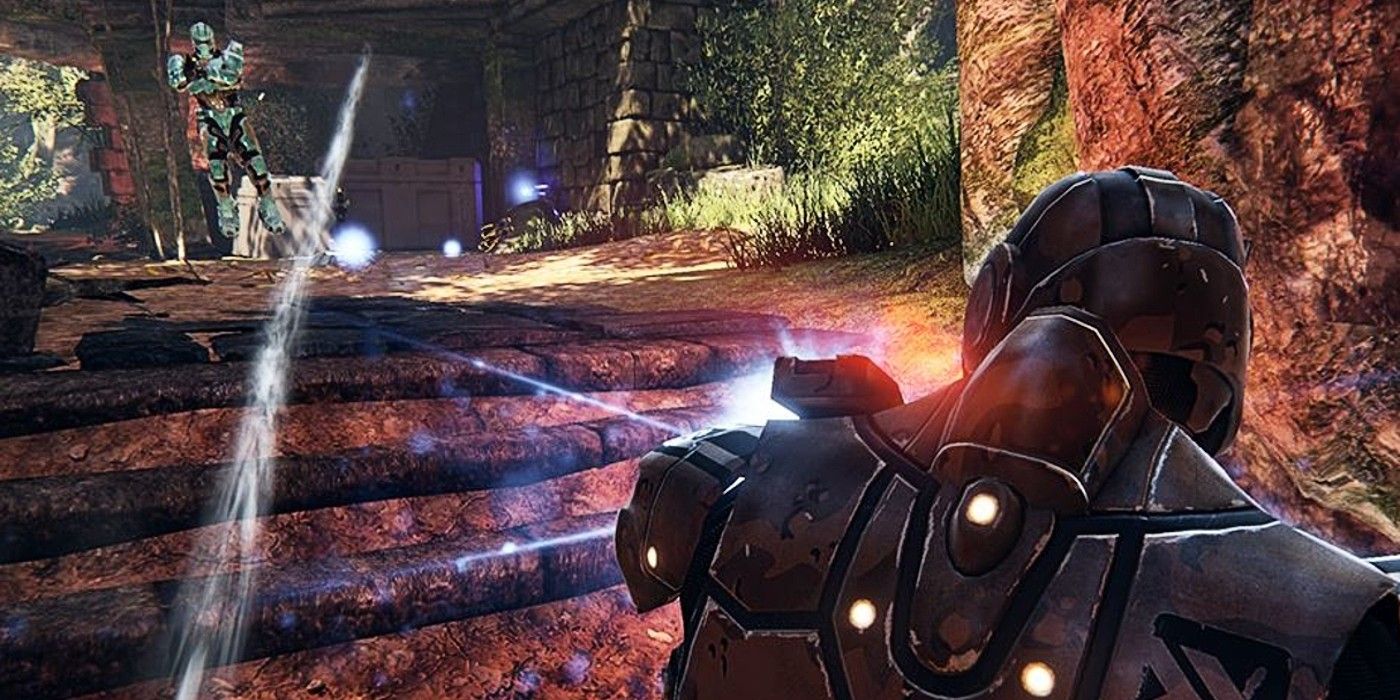
Reakktor Studios classifies the look and feel of this one as a spiritual successor to what many consider the "golden age" of the FPS; games of the late '90s and early 2000s. The few that have unearthed this hidden gem would likely agree — as TOXIKK's environments and map layouts resemble classics like Quake, GoldenEye, and even Turok.
While the game is one among many indie attempts at the arena shooter revival, TOXIKK stands out for its solid mechanics, pretty visuals, and authentic recapturing of Unreal Tournament 2004. Not only this, but the weapon arsenal is particularly fun to play around with, featuring everything from flak cannons to flamethrowers.
13 TimeSplitters 2
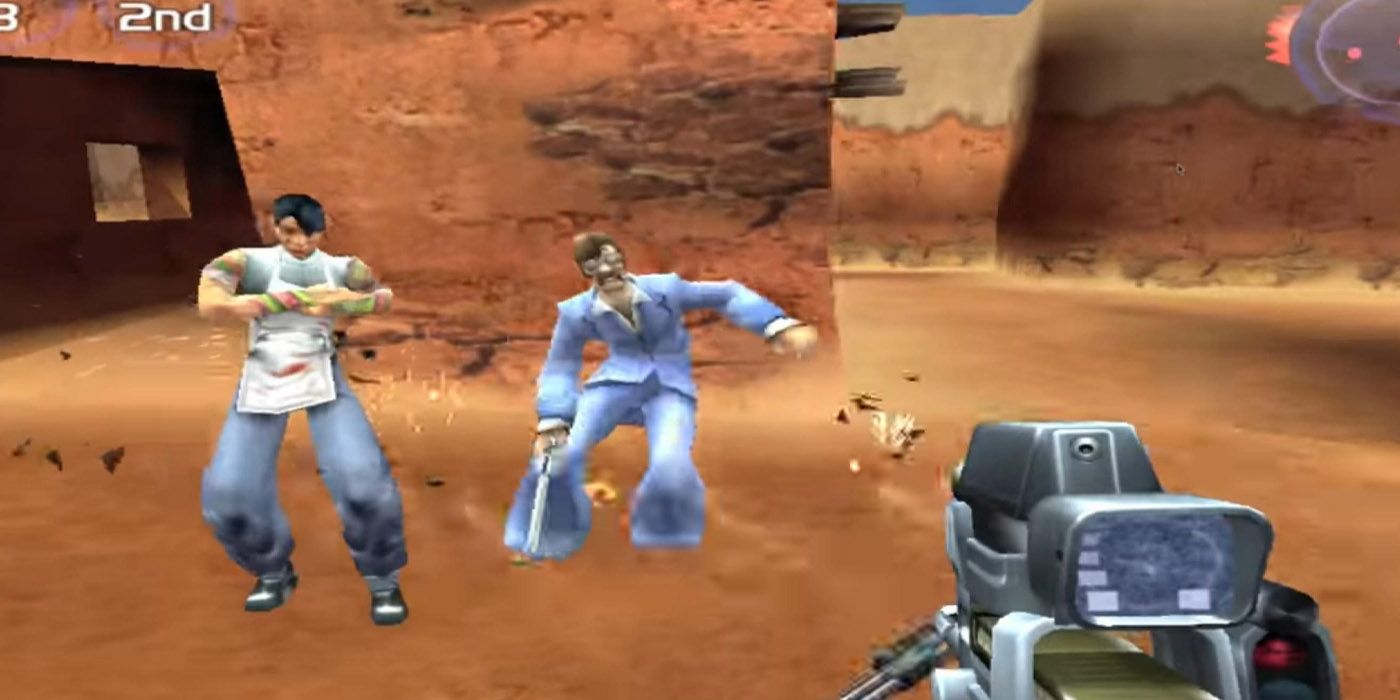
This surprise hit from 2002 is often considered a spiritual successor to GoldenEye 007, despite TimeSplitters 2's cartoony aurora and alien premise being pretty far removed from the Rare classic. It makes sense, as Free Radical Design, the studio behind the game, finds itself home to several refugees of the British studio.
RELATED: 10 Of The Most Underrated PS2 Games
The comparisons can certainly be made — from the super fun split-screen multiplayer to the memorable campaign and solid mechanics. TimeSplitters, and this more robust sequel, truly shine when being pitted against three other friends in a variety of colorful maps. The nifty option to customize several elements and throw in up to ten AI bots helps mix things up and adds to the entertaining chaos.
The game even offers a relatively user-friendly map maker, as well as a System Link functionality (sans the GameCube version) for sixteen-player anarchy.
12 Half-Life 2: Deathmatch
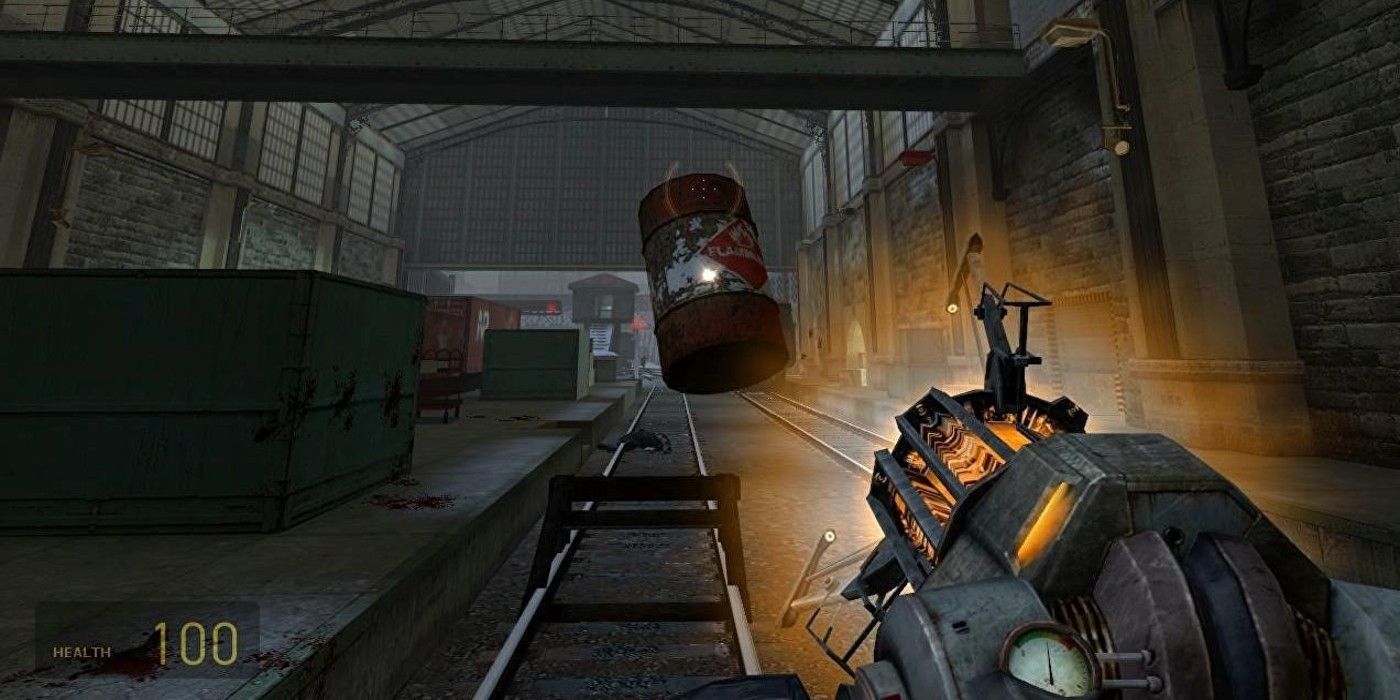
Shortly after the renowned Half-Life 2, studio Valve kept its momentum churning with this appealing multiplayer expansion. Deathmatch taps into the same mechanics and source code that provided the solid foundation for Half-Life 2, while amping up the excitement and replayability with fun arena face-offs.
The use of special abilities, weapon spawn points, and instant respawn give a unique feel that's both frantic and strategic. This is further intensified by a competitive team deathmatch option, which even offers a friendly fire mode for those who seek a bit more challenge.
11 Halo 3
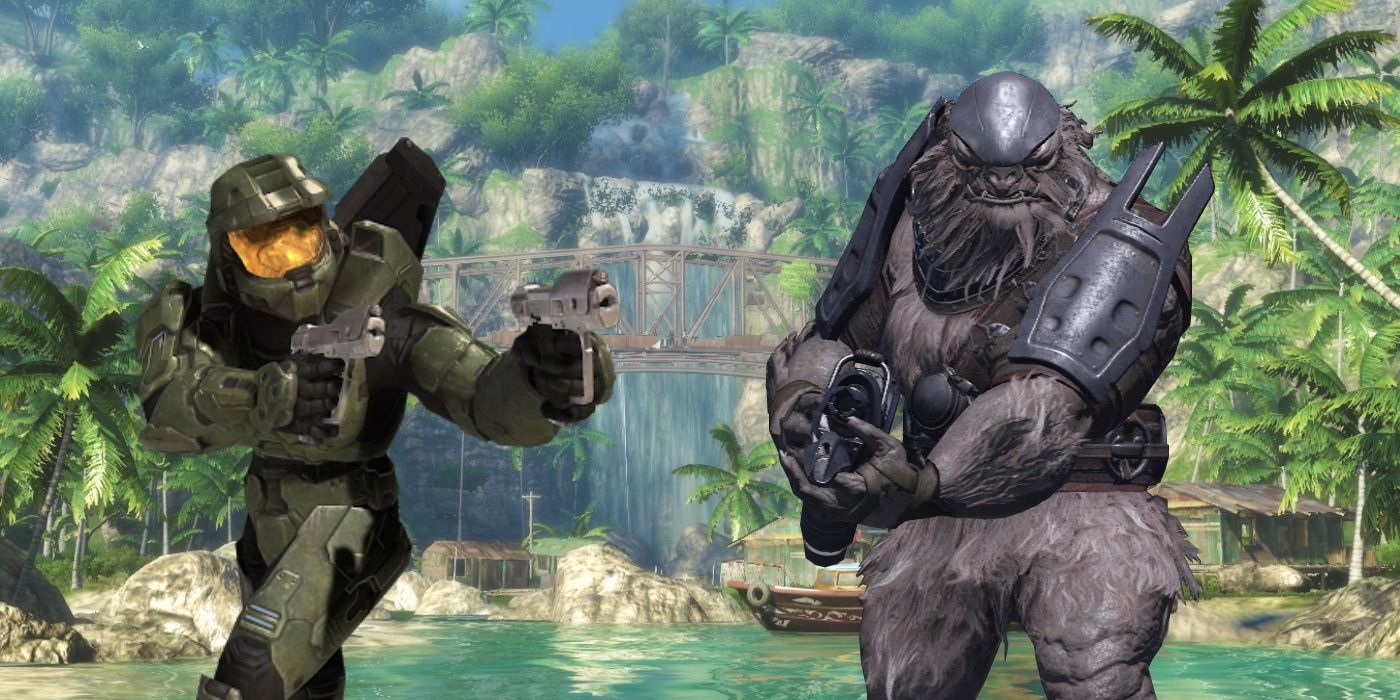
This iconic FPS series largely solidified its legend with its Xbox 360 debut. Halo 3 draws from the gripping sci-fi premise and appealing gameplay of its predecessors while prettying up the visuals and loading it with more fun content. Bungie somewhat rolls with the mantra of "if it ain't broke, don't fix it" with Master Chief's third outing, bringing back various Halo staples and multiplayer options.
At the same time, added elements like new vehicles and equipment are sprinkled in, along with a more robust, dynamic multiplayer mode. The result is an FPS masterpiece that still holds up today.
10 Doom (1993)
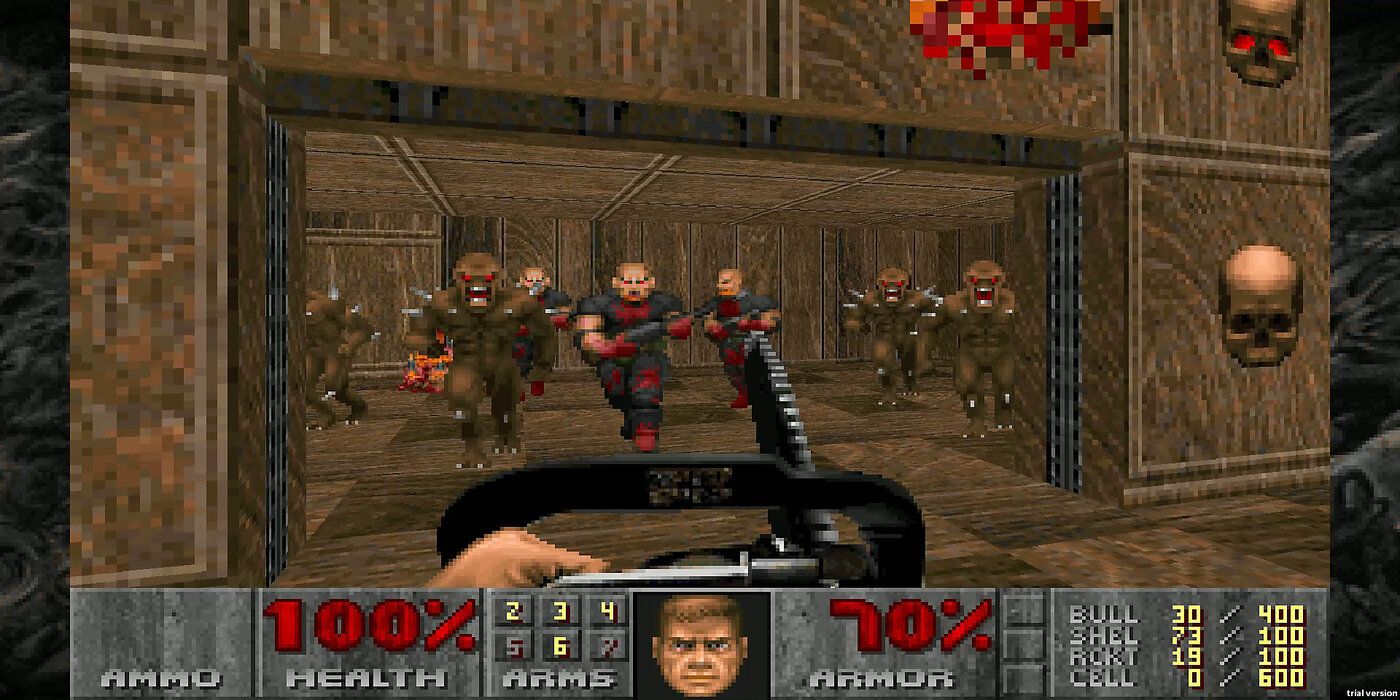
Doom was the franchise that sparked the hyper-competitive arena shooter genre. While Wolfenstein 3D and MIDI Maze were the first games in the FPS genre, Doom 1993 was the first game to truly embrace the genre's speed and momentum.
Firing devastating weapons was complimented by Doom Marine's incredible speed and intricate level design. Instead of fighting enemies with hit-scan attacks, players could dodge projectiles from enemy demons. These core tenants would form the arena shooter genre. Its multiplayer component might have aged poorly by today's standards, but Doom's campaign is still as much fun to play today as it was back in 1993.
9 Star Wars Jedi Knight: Jedi Academy
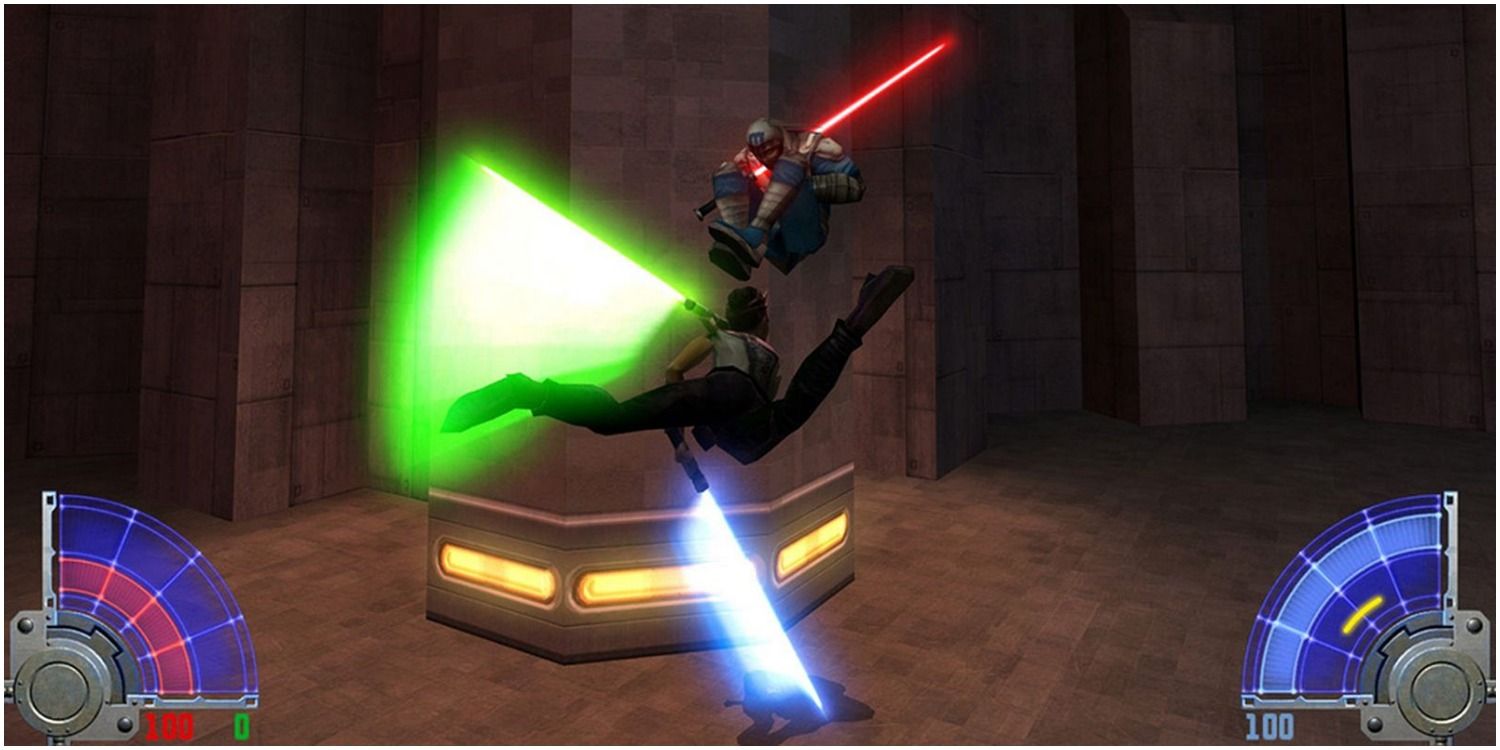
The Star Wars Jedi Knight franchise carries the same spirit of arena shooters but places emphasis more on lightsaber duels than using weapons. These games still have weapon pickups for players to find, but they are complementary to the franchise's excellent melee combat.
Every player gets to use various Force powers, weapons, and a custom lightsaber to take on dozens of foes either in either single-player or multiplayer arenas. Emphasis on map control is still present since positioning can help open an opponent's guard, allowing for an easy kill. Impeccable control and a high skill gap make this the best Star Wars game with lightsaber combat ever made.
8 Doom (2016)
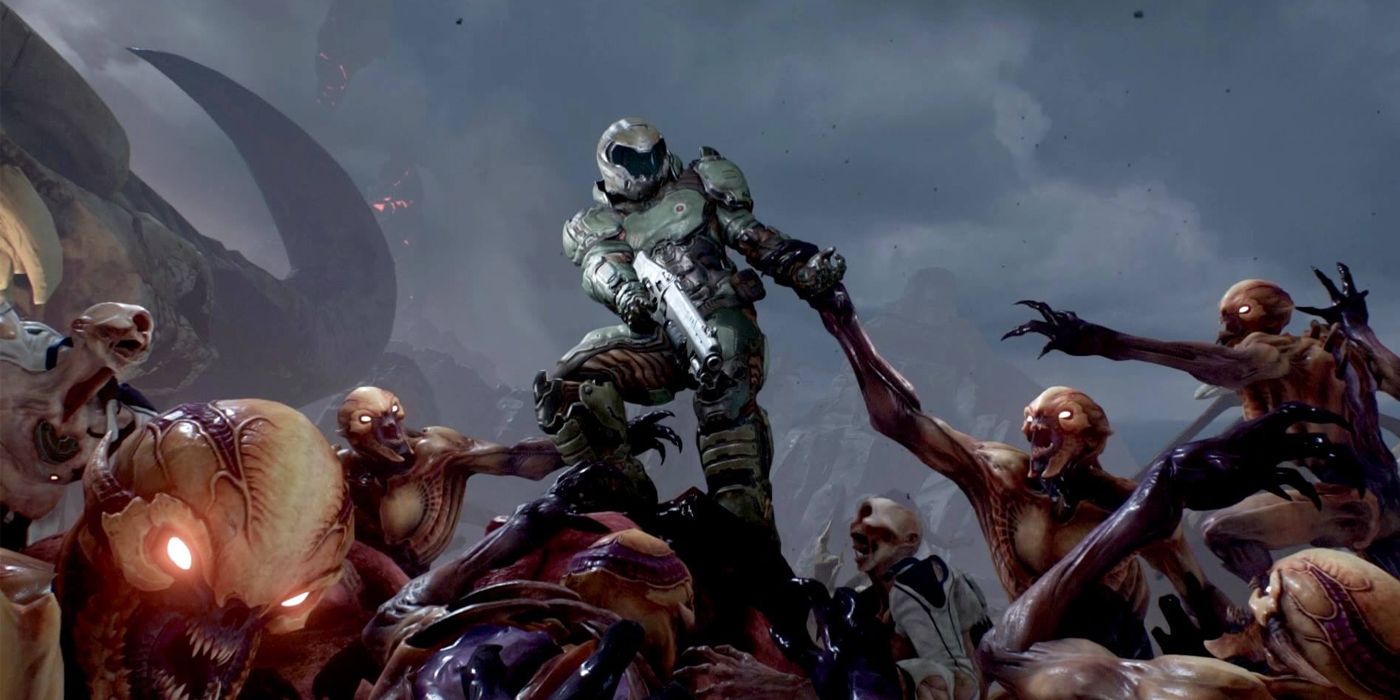
After Doom 3 and RAGE released, many fans questioned if id Software still had the same magic they did back during the 90s. Expectations for their Doom reboot were considerably low considering the lackluster multiplayer beta.
RELATED: The 10 Best Video Game Remakes Of 2020 (According To Metacritic)
id knocked it out of the park. While the multiplayer component might not have landed, Doom 2016's single-player is one of the best campaigns the arena genre has ever seen. It brilliantly dismantled every common trope with the FPS genre while simultaneously setting a few tends of its own. Doom's Glory Kill system and push-forward combat proved to be a major success that some FPS titles have unashamedly copied. Ripping and tearing through hordes of demons has never felt so good.
7 GoldenEye 007
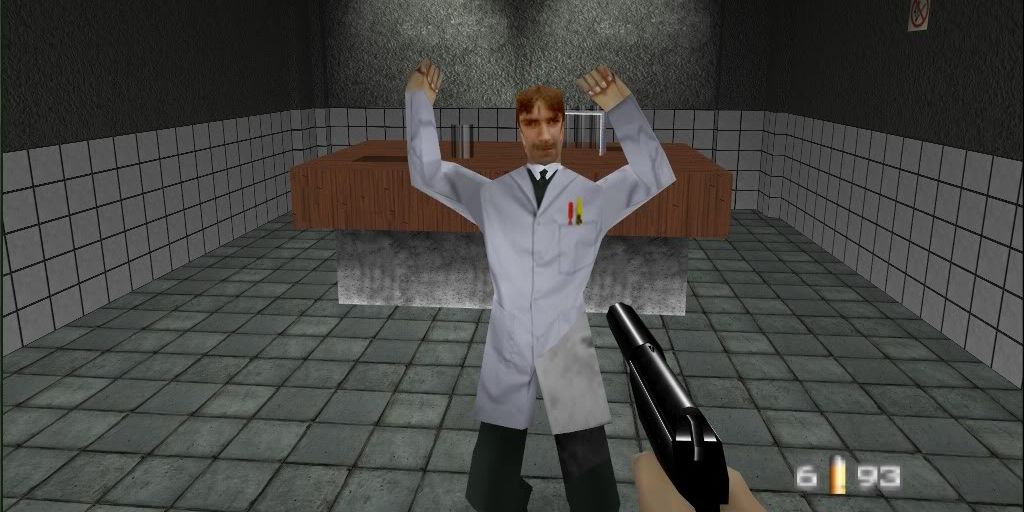
Rare's GoldenEye 007 would change the FPS genre forever with its single-player innovations and fantastic split-screen multiplayer—a feature that was almost cut. Instead of flying through levels with a rocket launcher, players had to strategize how to complete levels with GoldenEye's various side objectives. Manually aiming weapons was also a great addition that would lay the groundwork for what Perfect Dark would bring to the genre.
However, what made this game truly legendary was its multiplayer component. Four-player split-screen deathmatch was a blast as most would expect, but Rare also included unique modifiers named scenarios that fundamentally changed gameplay. The Man with the Golden Gun and The Living Daylights remain as some of the most engaging alterations to the deathmatch formula the genre has seen.
6 DUSK
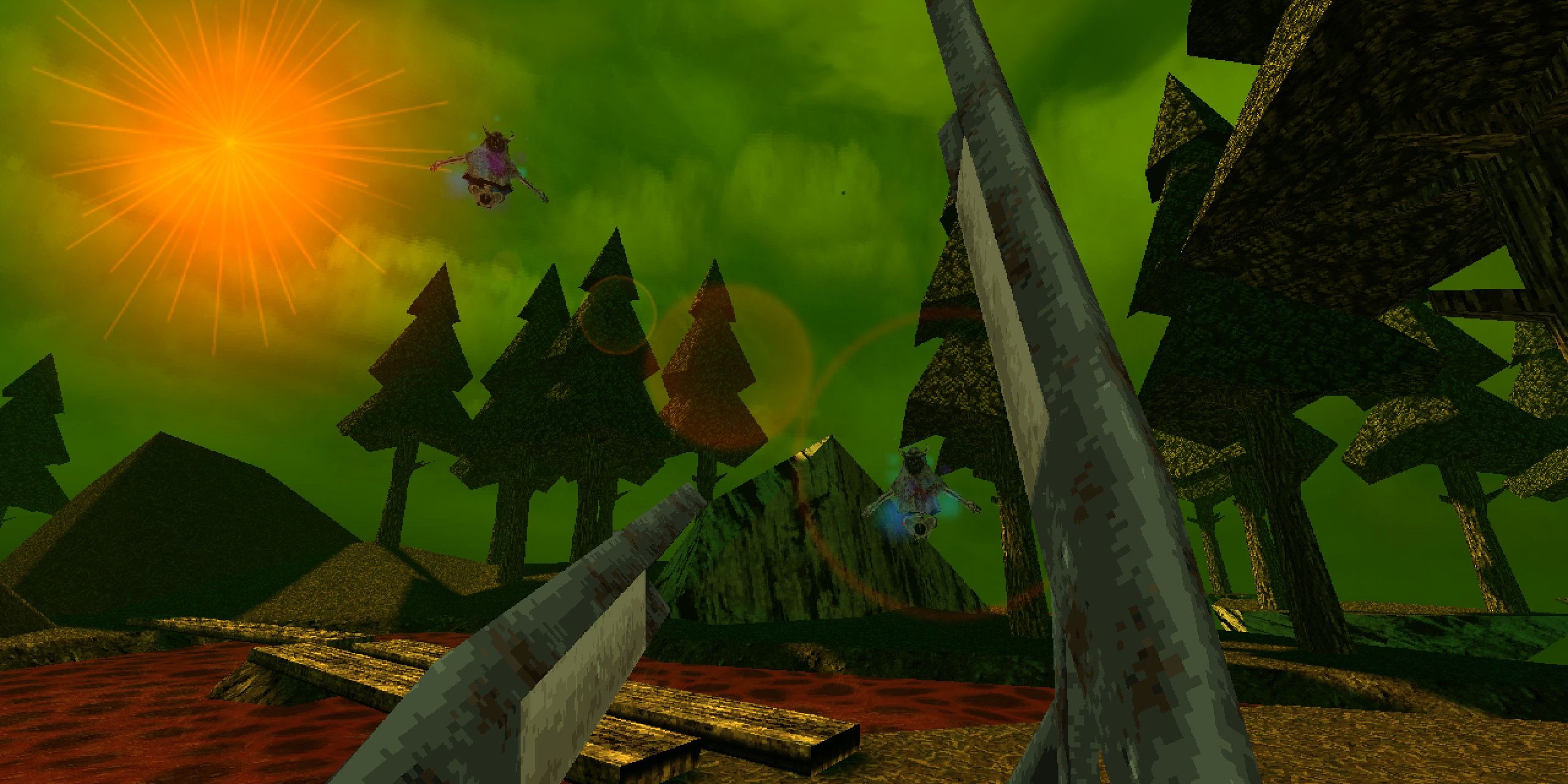
Not every arena shooter needs to have a triple-A budget to succeed in today's gaming landscape. No better example of this exists than DUSK, a fast-paced arena shooter developed by David Szymanski. Taking inspiration from classic arena shooters, DUSK brilliantly delivers a chaotic single-player campaign that harkens back to the older era of shooters.
DUSK doesn't rely on 90's nostalgia to deliver its vision, either. Every level, every gun, every encounter feels well-crafted and modern while simultaneously having as much over-the-top cheese as one would expect. Players can deflect projectiles with a sickle, shoot two-lever action shotguns at once, and move through arenas at incredible speeds. While DUSK might not bring any major innovations to the genre, it is such a superb arena shooter that it deserves a place amongst the giants it was inspired by.
5 Unreal Tournament 2004
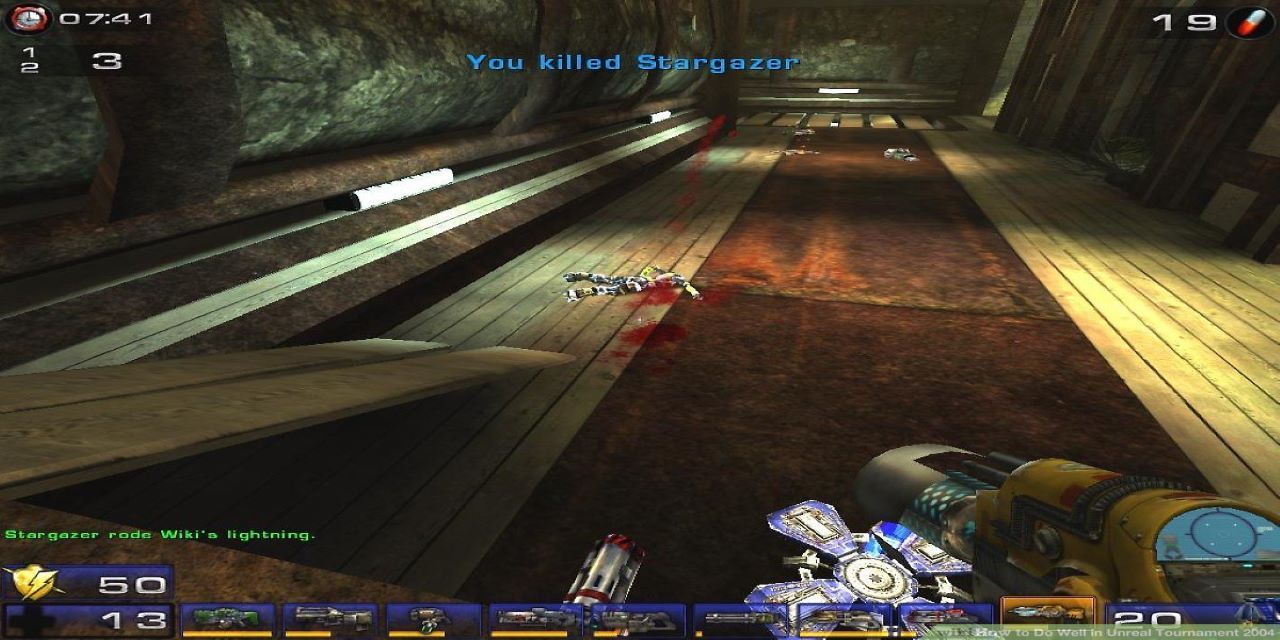
Unreal Tournament 2004 needs no introduction for most arena shooter fans. This game is the pinnacle of party-play FPS titles. Instead of relying on a tightly balanced sandbox to win genre enthusiasts, Unreal Tournament 2004 focused on a plethora of game types and unique weapons.
Capture the Flag, Invasion, Onslaught, and the iconic Assault are just a few modes that this game had to offer. Vehicular combat and varied weapons complimented the game's variety of maps and modes nicely. Additions such as dashing also allowed newer players to avoid attacks while increasing the skill gap. For casual arena shooters, it's almost impossible to top UT 2004.
4 Perfect Dark
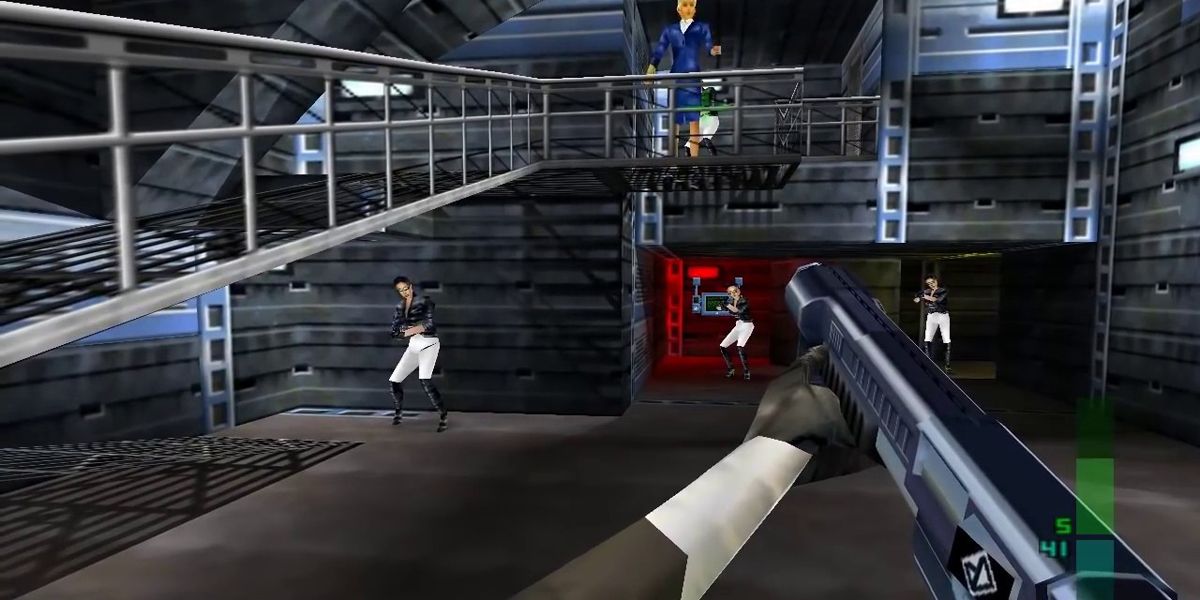
Despite GoldenEye 007's multiplayer component being nearly cut from the final game, it proved to be one of the game's largest selling points. With Perfect Dark being developed with multiplayer in mind from the start, Rare had an opportunity to improve on their last iteration and deliver something truly special.
RELATED: 10 Shooters With Lengthy Campaigns (& How Long They Take To Beat)
Perfect Dark is an improvement over GoldenEye 007 in almost every way. Better weapons, multiplayer levels, and a dizzying amount of customization options are here for the player to experience. While GoldenEye feels dated by modern standards, Perfect Dark is still a joy to play even today. That is if players can deal with the Nintendo 64 version's low framerate.
3 Unreal Tournament (1999)
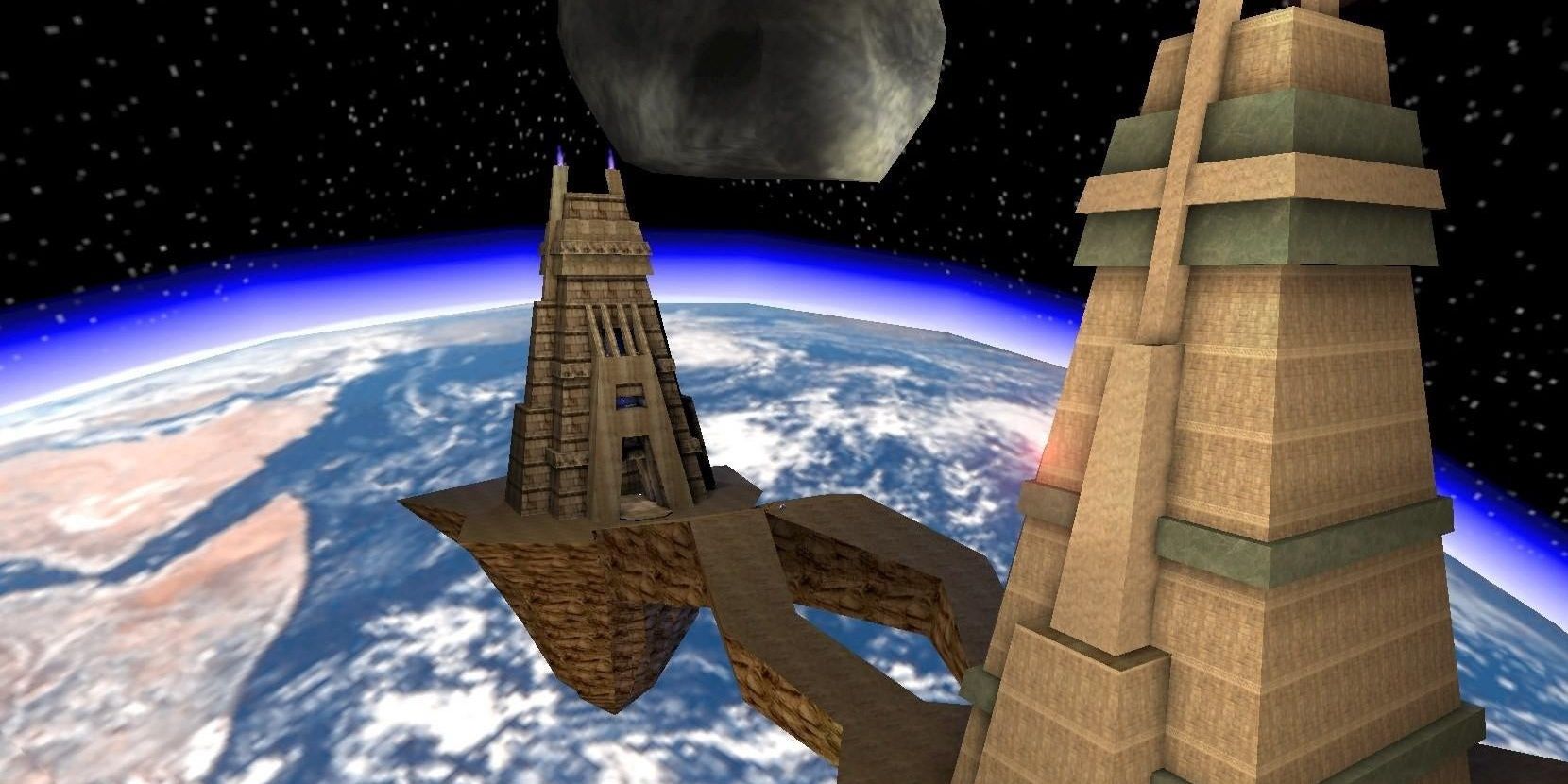
Quake 2's online component was such a massive success that many developers sought to chase that success, Epic Games being one of them. Using the Unreal Engine they developed for Unreal, they decided to make an arena-based FPS title named Unreal Tournament that would release right beside Quake 3 Arena.
What won some fans of Quake over to Unreal Tournament was the game's unique modes and weapon sandbox. Each weapon in Unreal Tournament has two fire modes that drastically increase their versatility. While Quake players will never have a use for the Ripper, UT's starter Impact Hammer can be used to deflect projectiles with its alternate fire. Some of the best maps in the FPS genre like Facing Worlds came from this game.
2 Halo 2
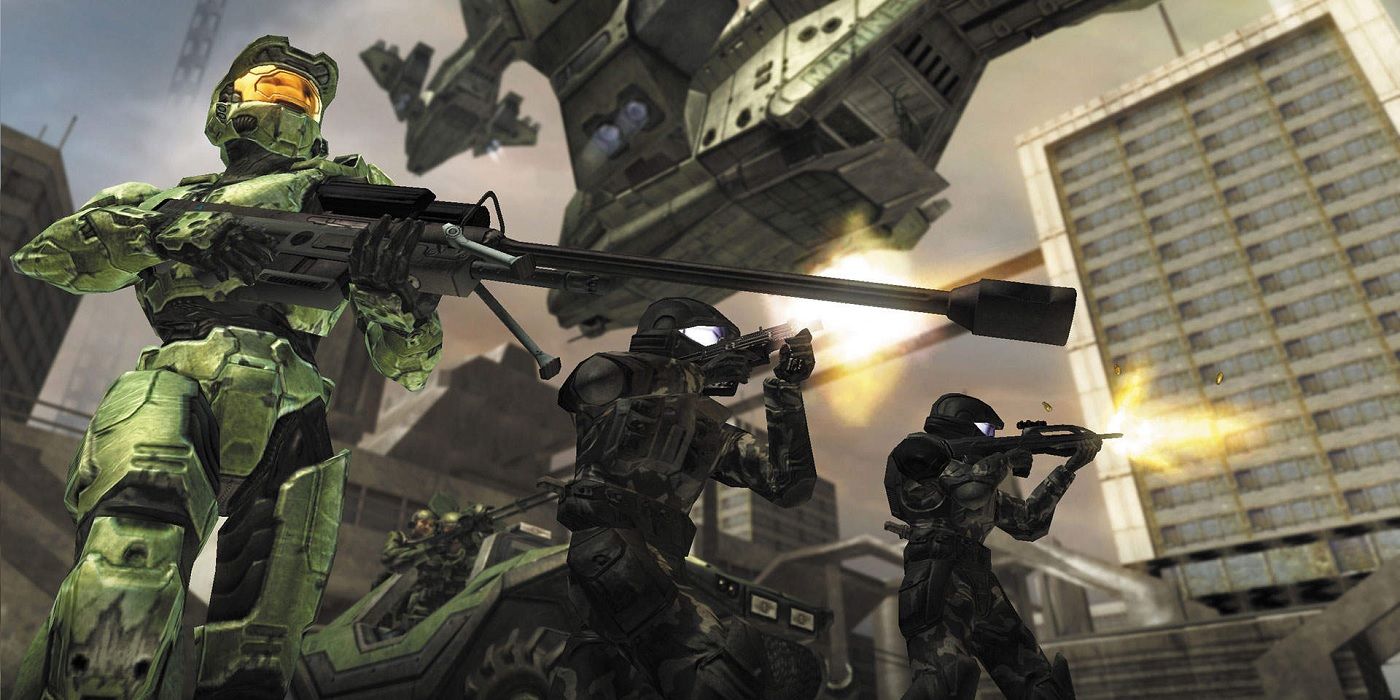
Halo 2 was a game-changer for not only the FPS genre but console gaming at large. Microsoft's Xbox series of consoles would continue to push online features thanks to Halo 2's quintessential multiplayer experience. Instead of browsing through multiple lobbies or setting up a LAN party, players select their favorite mode and hop straight into a match.
Those features are taken for granted today, although Halo 2's gameplay sure isn't. Nearly everything about Halo 2's multiplayer is excellent. It takes the casual, mode-focused fun of Unreal Tournament and blends it with the arena-shooter madness that Perfect Dark and GoldenEye presented for the N64. Slayer/deathmatch was the mode of choice for many, yet Halo 2 offered so much more than that. Oddball, King of the Hill, Infection, Territories, and Juggernaut are just a few fan-favorite modes that this game had.
If all of that wasn't enough, Halo 2 also has a solid campaign that, while short and incredibly unbalanced, offers one of the most engaging single-player experiences a shooter can offer.
1 Quake 3 Arena
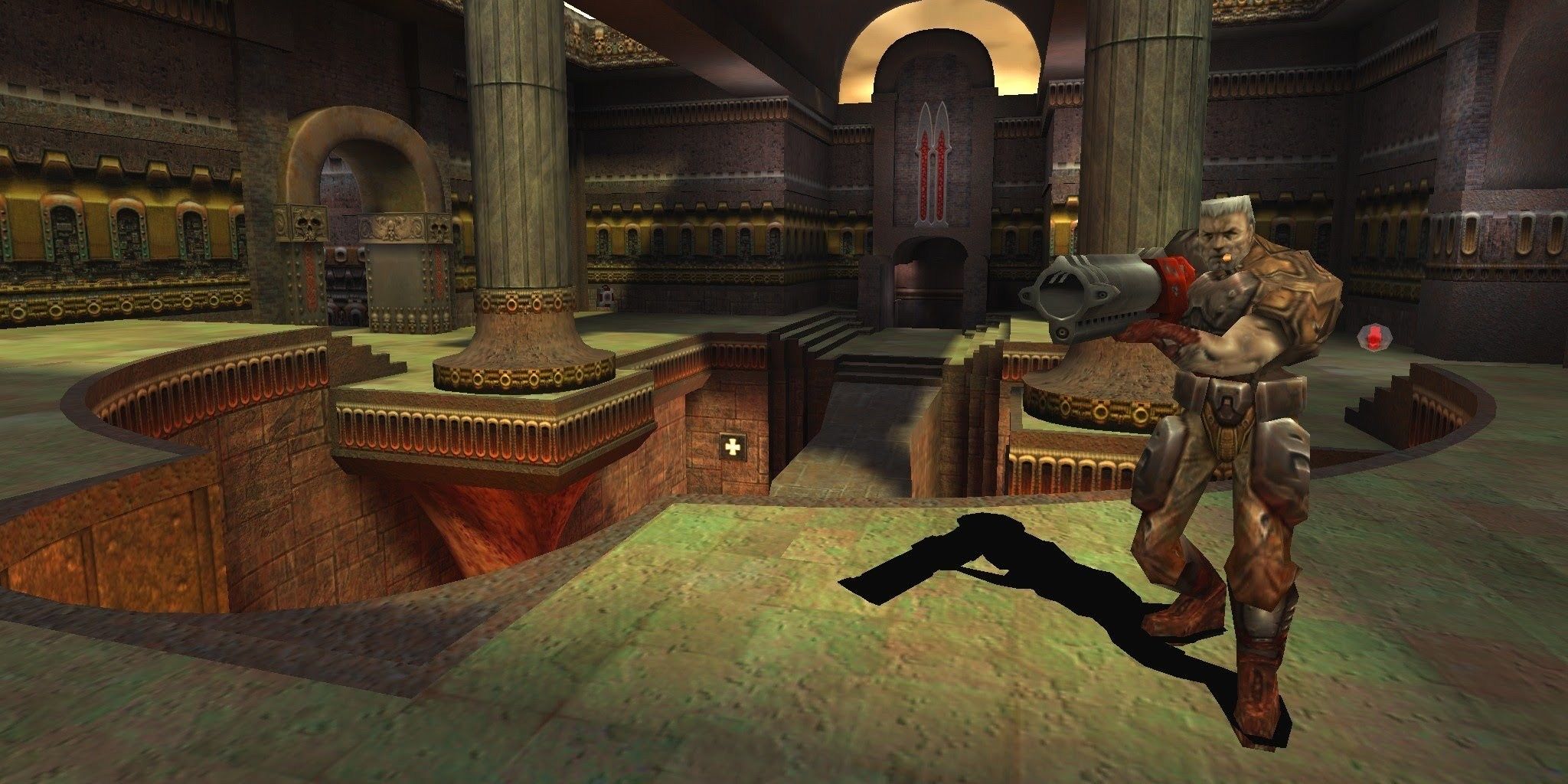
Quake 3 Arena was a massive risk for id Software at the time. A multiplayer-only title that still carries the Quake name was worrying to some. Thankfully, the focus on multiplayer would spawn the height of the Quake franchise.
Virtually everything about Quake 3 is perfect. Every gun holds a place in the sandbox, maps are all top-notch, and the game's AI bots are surprisingly competent. There weren't dozens of modes or a massive weapon roster to set Quake apart from its competition. It's Quake, after all, the biggest name in the genre. All it needed to do was focus on delivering the best deathmatch experience possible. Not only did id Software succeed with that goal, but they also set the bar so high that no arena shooter has met that standard since.

